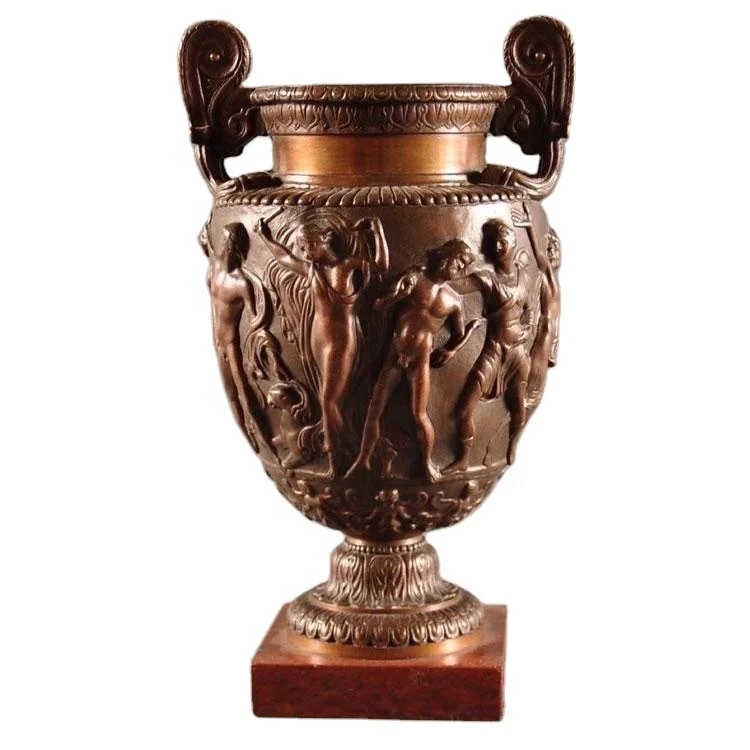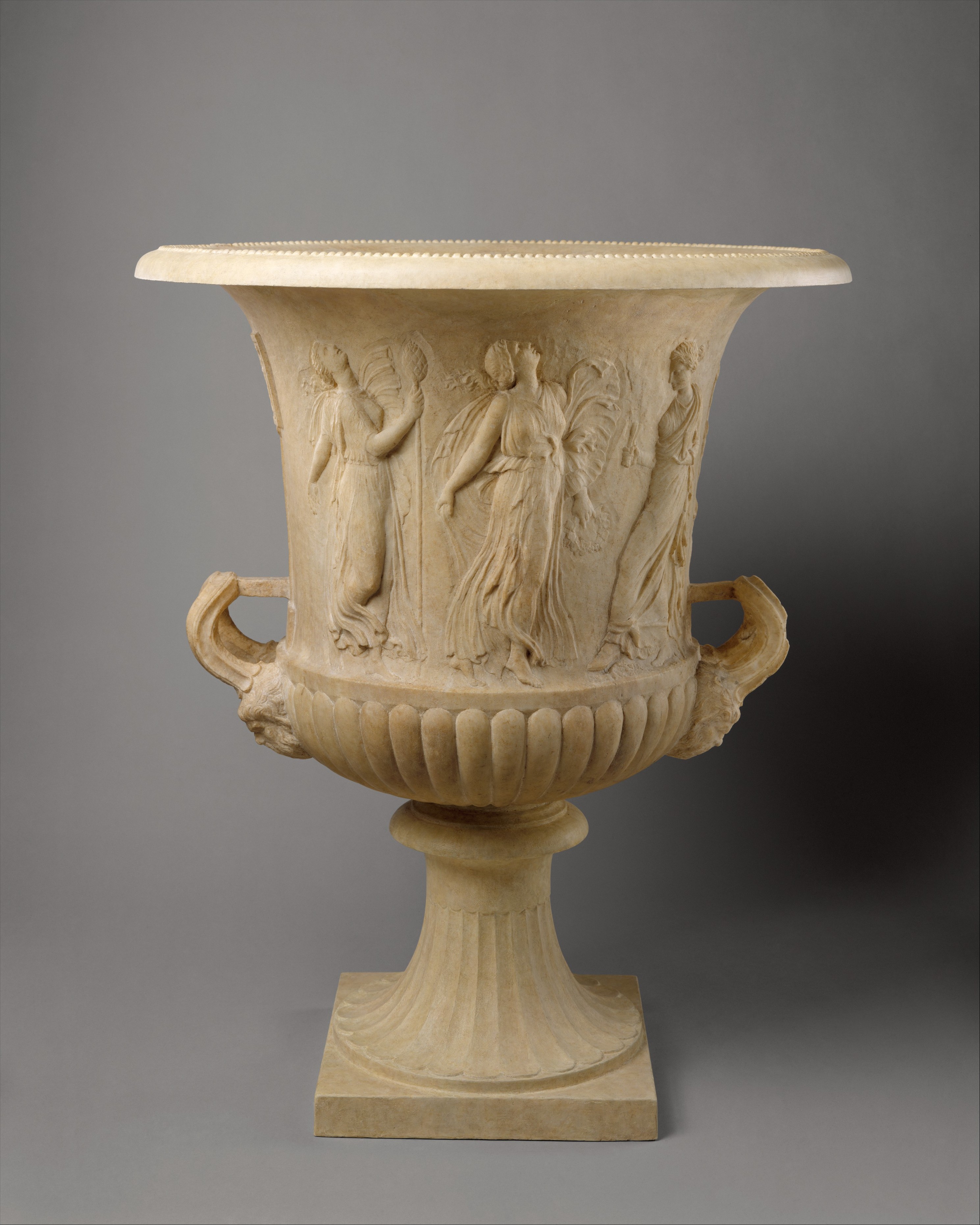


An astute symposiarch should be able to diagnose the degree of inebriation of his fellow symposiasts and make sure that the symposium progressed smoothly and without drunken excess.Įuphronios & Euxitheos, Cratère attique à figures rouges, 515–510 BC, Louvre
1.jpg)
The krater and how it was filled and emptied was thus the centerpiece of the symposiarch's authority. He would then assume control of the wine servants, and thus of the degree of wine dilution and how it changed during the party, and the rate of cup refills. Usage Īt the beginning of each symposium a symposiarch (συμποσίαρχος), or "lord of the common drink", was elected by the participants. This object was found among other funeral objects, and its exterior depicted a funeral procession to the gravesite. The exterior of kraters often depicted scenes from Greek life, such as the Attic Late 1 Krater, which was made between 760 and 735 B.C.E. Pottery kraters were glazed on the interior to make the surface of the clay more impervious for holding water, and possibly for aesthetic reasons, since the interior could easily be seen. The modern Greek word now used for undiluted wine, krasi ( κρασί), originates from the krasis ( κράσις, i.e., mixing) of wine and water in kraters. In fact, Homer's Odyssey describes a steward drawing wine from a krater at a banquet and then running to and fro pouring the wine into guests' drinking cups. Thus, the wine-water mixture would be withdrawn from the krater with other vessels, such as a kyathos (pl. They were quite large, so they were not easily portable when filled. 11, 40–43, New York: The Metropolitan Museum of Art.Further information: Ancient Greek vase painting and Pottery of ancient GreeceĪt a Greek symposium, kraters were placed in the center of the room.

42, 412, 459, New York: The Metropolitan Museum of Art. Art of the Classical World in the Metropolitan Museum of Art: Greece, Cyprus, Etruria, Rome no. 1, Nicosia: Kailas Printers and Lithographers Ltd. "The Greeks in Cyprus." The Greeks beyond the Aegean : from Marseilles to Bactria : papers presented at an international symposium held at the Onassis Cultural Center, New York, 12th October, 2002, Vassos Karageorghis, ed. 49–50, New York: The Metropolitan Museum of Art. Ancient Art from Cyprus: The Cesnola Collection in The Metropolitan Museum of Art. Karageorghis, Vassos, Joan Mertens, and Marice E. 43.4, Mainz am Rhein: Verlag Philipp von Zabern. Figürlich bemalte mykenische Keramik aus Tiryns, Tiryns : Forschungen und Berichte, Vol. 4g, Cambridge, Mass.: Harvard University Press. 437, New York: The Metropolitan Museum of Art. Handbook of the Cesnola Collection of Antiquities from Cyprus. A Descriptive Atlas of the Cesnola Collection of Cypriote Antiquities in the Metropolitan Museum of Art, New York, Vol.


 0 kommentar(er)
0 kommentar(er)
